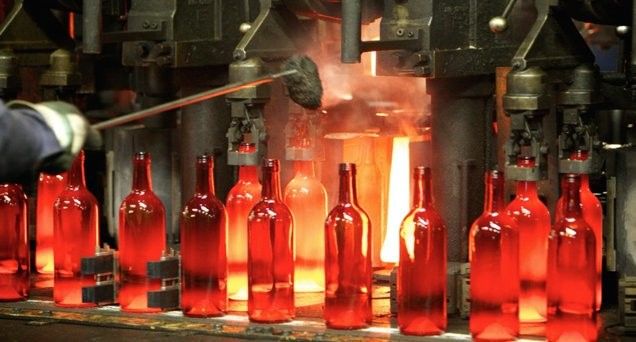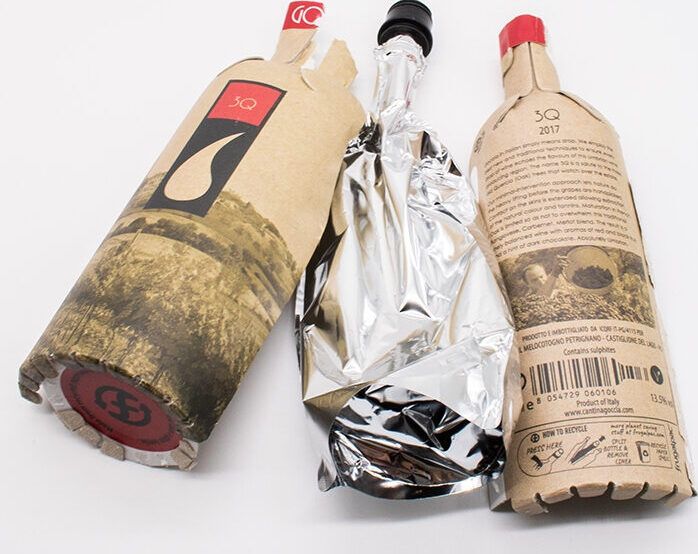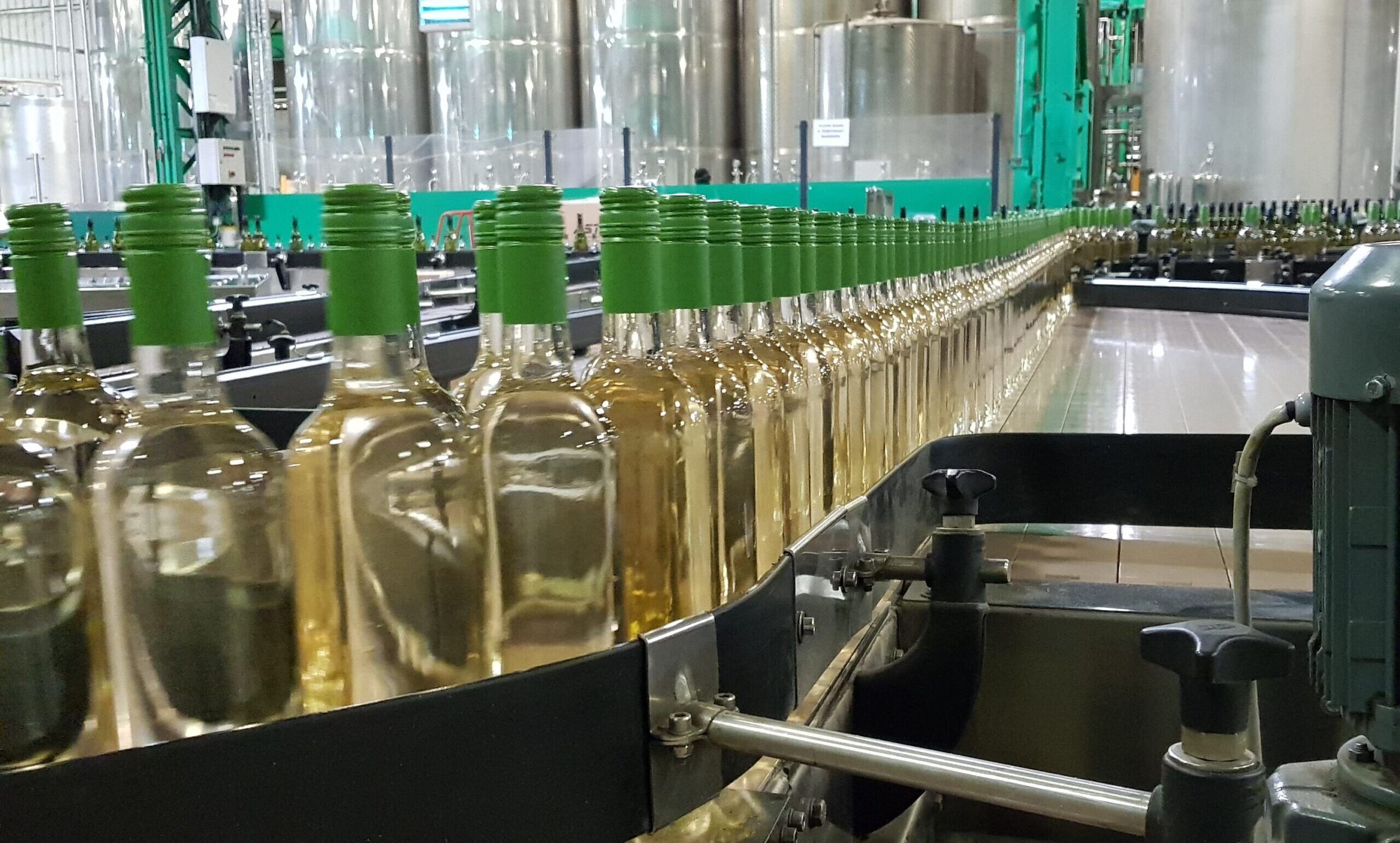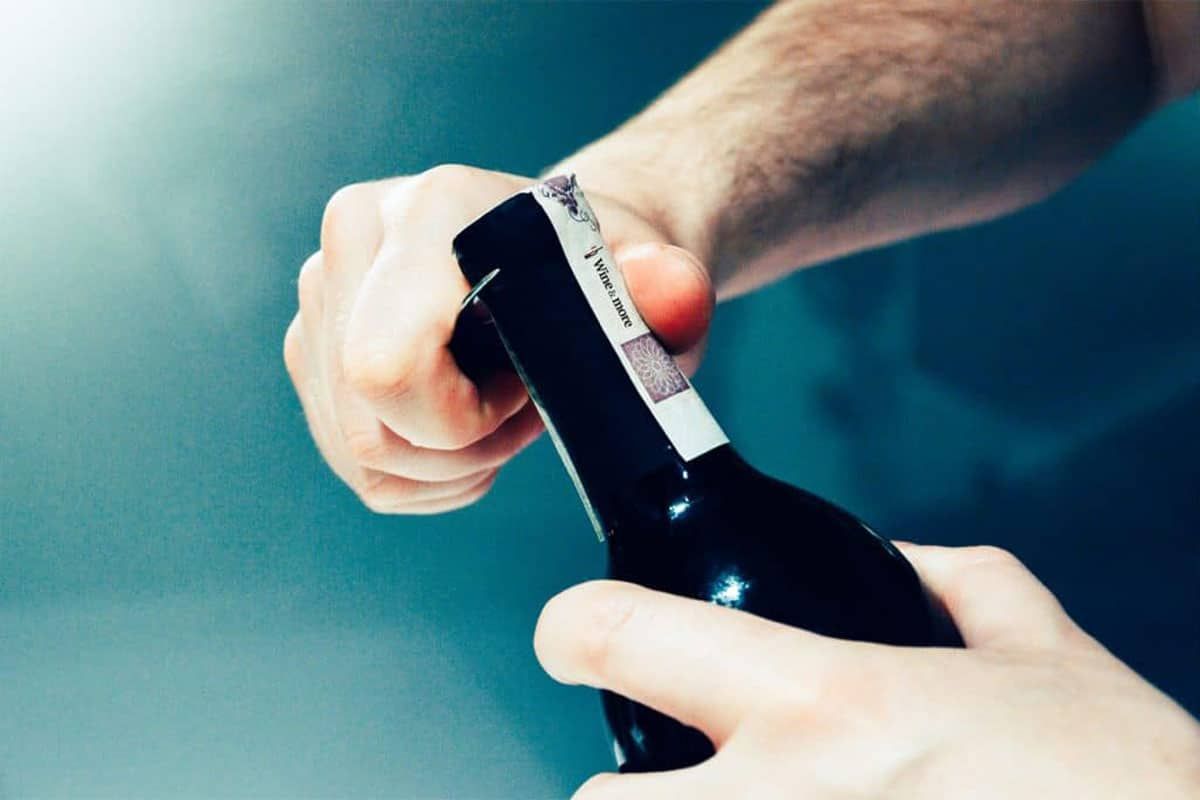It is not just shortages of glass that are starting to hit wine producers around the world. It’s all packaging up and down the supply chain, warns Cramele Recas‘ Philip Cox.
We thought 2022 was going to be the year when the global pandemic started to subside and let us get back to some kind of new normal life, but obviously events have taken a sharp handbrake turn and proved that wrong. In fact, the pandemic seems now to be quite manageable compared to the crisis caused by the war in Ukraine.
For the wine industry – battered by the pandemic, shocking changes are happening at a breakneck speed which are breaking down the supply chain and could cause permanent changes to the way we package wine.
Several things are happening all at one time.
Glass
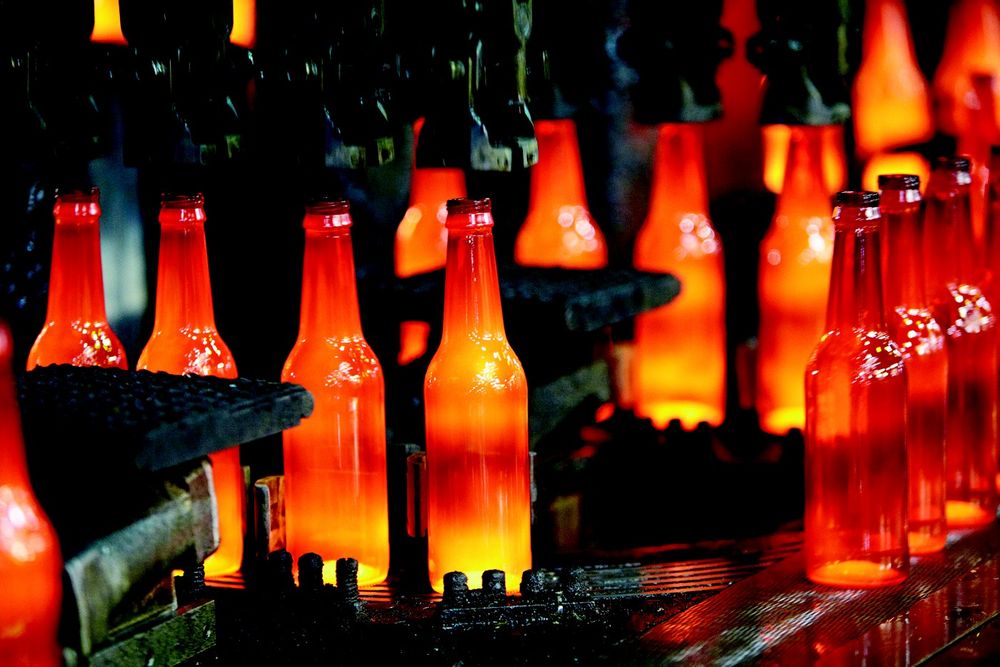
The glass industry is too hot to handle
By far the worst and most worrying situation is with glass supply. The double whammy of the energy price crisis, and the war in Ukraine is right now causing complete chaos in the wine industry. Glass factories – pressured by massive hikes in the price of gas and electric, but also soda, and even machine tools (moulds) have started to make huge and repeated price hikes of their own, and many have gone to a monthly basis for fixing prices.
Supply is also badly affected, with several huge factories in Ukraine and Russia suddenly taken of the market – in some cases destroyed. There is a sudden gap of 4000 to 5000 tons per month of glass production which is hundreds of millions of bottles.
This has caused the remaining EU factories to re-orientate their production to the highest margin products – beer, cola bottles, and jars for pickles, mustard etc. Wine is last in line and many factories no longer make wine bottles at all. East European factories are selling their production to west European markets to make up for shortfalls their – leaving us East European wineries high and dry & facing price increases of up to 45% in one month.
As bottles are the biggest cost element of a bottle of wine, this is important, particularly for entry level wines which make up over 80% of Europe’s wine market. It’s around 10 cents a bottle for entry level bottles and by the time that works through to the final consumer with distributor, retailer margins & VAT that will look more like 30 cents a bottle.
Wineries are having to scramble for bottles wherever they can get them. Even if that means changing sizes and formats and hence cartons, packaging etc.
Trying to tell our customers that we need to increase prices multiple times in a year is daunting.
Even if the war ends quite soon and energy prices drop, it will take several years to build up more capacity in Europe. Glass factories are big investments and slow to bring online.
Cartons
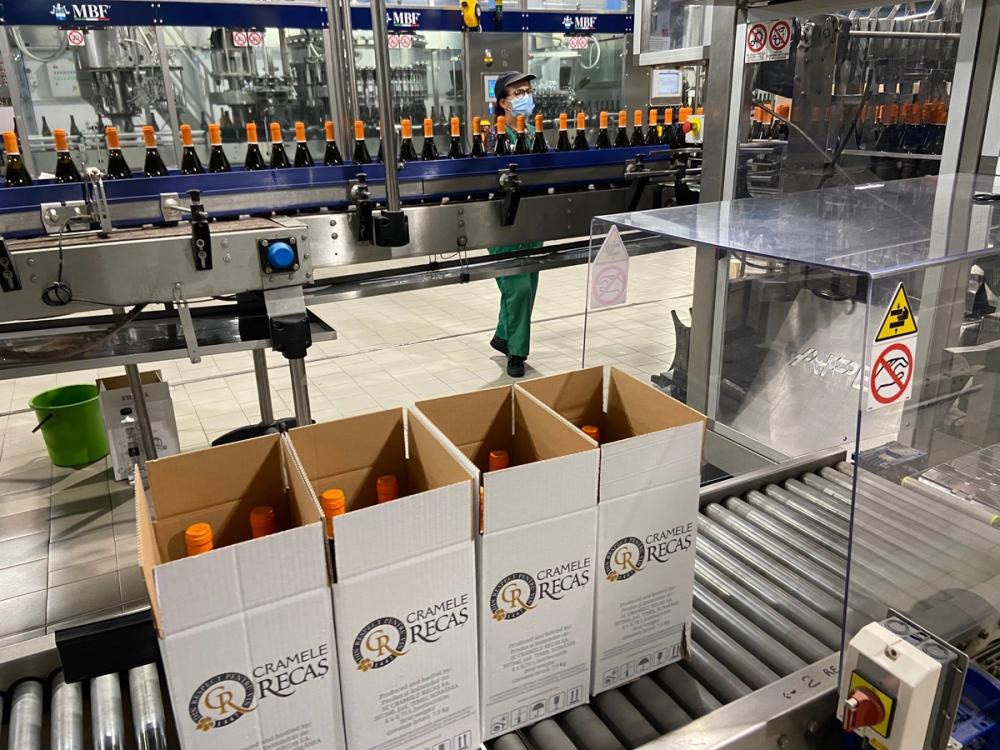
The bottling line at Cramele Recas is under severe pressure, says Philip Cox
Cartons also are suffering from a crisis, but from a different cause. The huge increase in online sales, particularly in China and largely shipped in cardboard boxes, but also the move away from plastic packaging for many goods has meant a massive surge in demand for cardboard. As much of the raw material used to come from China, but China now needs it for its own market, the whole supply chain is up in the air, with Europe trying to find alternative sources – principally in Scandinavia – but at a huge extra cost. Prices are increasing almost monthly, and supplies are taking months to deliver.
Labels
Wine labels require special types of paper resistant to humidity and high-speed bottling. Turns out there is basically only one supplier of this type of paper for more or less all of Europe, UPM in Finland. Since January, this factory has been on strike, caused by a dispute linked to relocating the factory to another part of Europe, and there is no sign of the dispute being solved anytime soon. Distributors and printers of stocks of paper are already starting to run out and none is being produced, so expect severe disruption and further cost increases if the situation isn’t solved very soon.
Screwcaps
Aluminum is one of the hardest hit industries by the energy crisis, caused by the fact that it uses massive amounts of energy. Many factories have already just closed down as they can no longer function with energy prices as they are right now, for example Alro – Romania’s largest Aluminum producer, but also factories in Ukraine. And once they shut, they are very hard to re-open as it takes weeks to restart the furnaces. So, screwcap producers are struggling to get their raw material, prices are increasing frequently, and lead times have gone up over two to three months.
What does it mean for the wine industry?
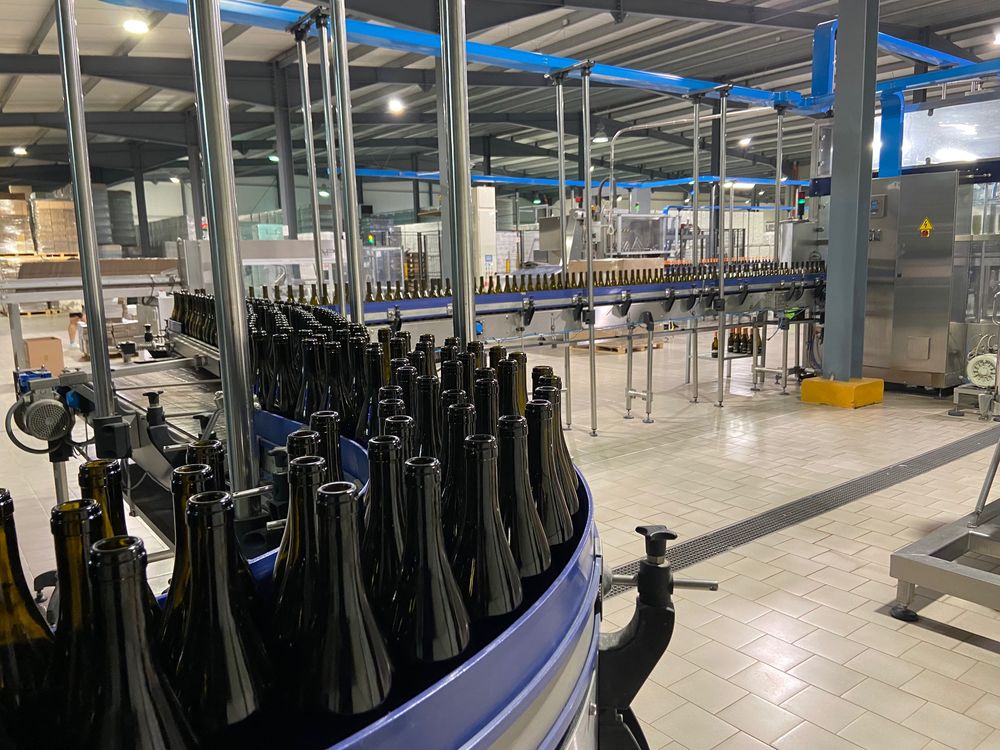
The wine industry needs to plan ahead if it is going to cope with the major packaging issues which could see glass being phased out in favour of plastic, says Philip Cox
In the short term it means the end of just in time supply, which was already pretty much shaken by transport crises and Brexit. Retailers and importers will have to be on top of their supply needs and provide wineries with long term planning, or they will be out of stock. Fancy cartons, fancy labels, fancy screwcaps will all be much harder to make and take even more time than normal. Entry level products will need to simplify packaging/inventory management just to be able to stay afloat.
In the medium-term wineries like mine are looking very hard for alternative packaging to glass. Plastic bottles will I think become again a source of interest, they offer many advantages over glass. For a start they use much less energy to make them, they offer greatly more flexibility of producing different shapes and sizes in smaller quantities, they are lighter, so you can fit 33% more bottles in a truck compared to glass which means less emissions and cheaper transport. And they don’t need cartons, either, solving two problems in one go.
Improvements in technology mean that new materials can keep wine in plastic perfectly, well up to around three years, enough for the majority of wines.
They did not catch on yet, because of the bad reputation plastic has for polluting the environment, but I think the industry will be looking at them very seriously now. I haven’t seen any serious environmental impact studies on them, but I would be surprised if plastic comes out worse overall compared to glass. The sheer huge amount of energy needed to produce and transport glass is vastly more than for plastic, and the only real difference is that glass doesn’t float if you chuck it in a river, the real problem is curbside recovery of all packaging materials and where people dispose of it – not the material itself.
Bag in box has caught on in several areas – particularly Scandinavia and Norway for example – but it does still suffer from life span problems (you should not keep them for more than in e months) which is a problem. And they involve cardboard again which is a problem.
Anyway, without wanting to sound panicked, it’s going to be a bumpy year for wine packaging.
- Cramele Recas îs a partner supplier to The Buyer. You can find our more about the business here.
